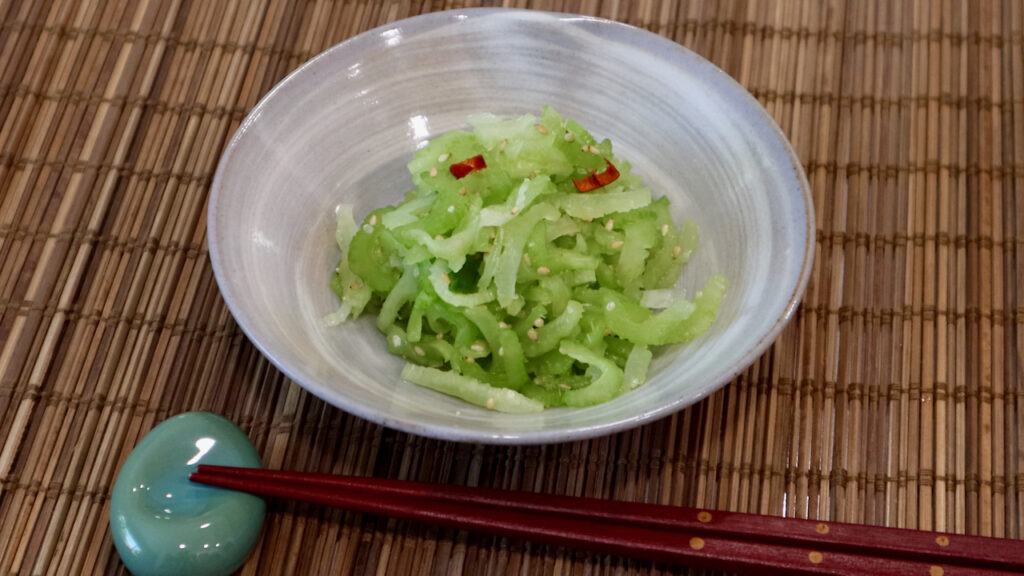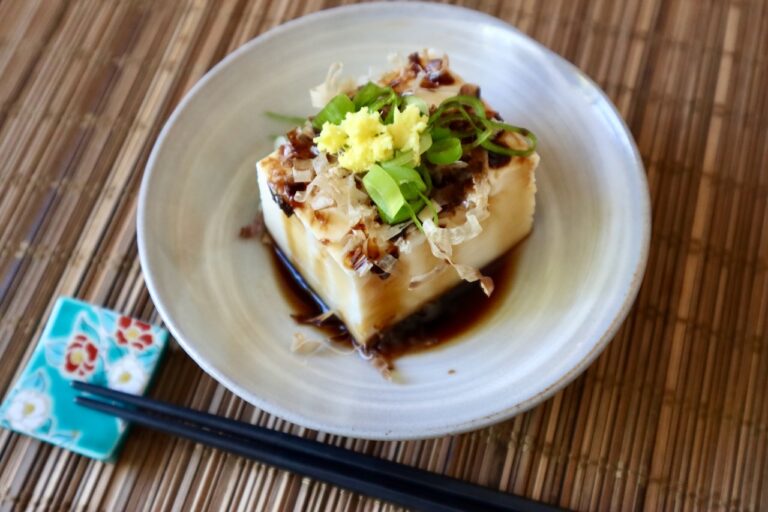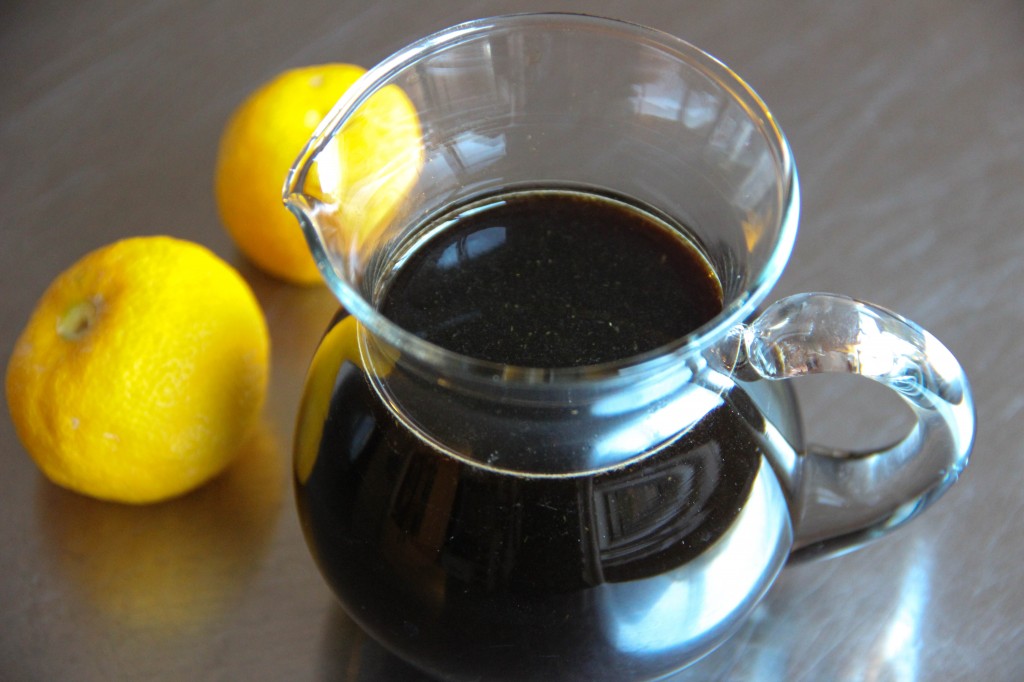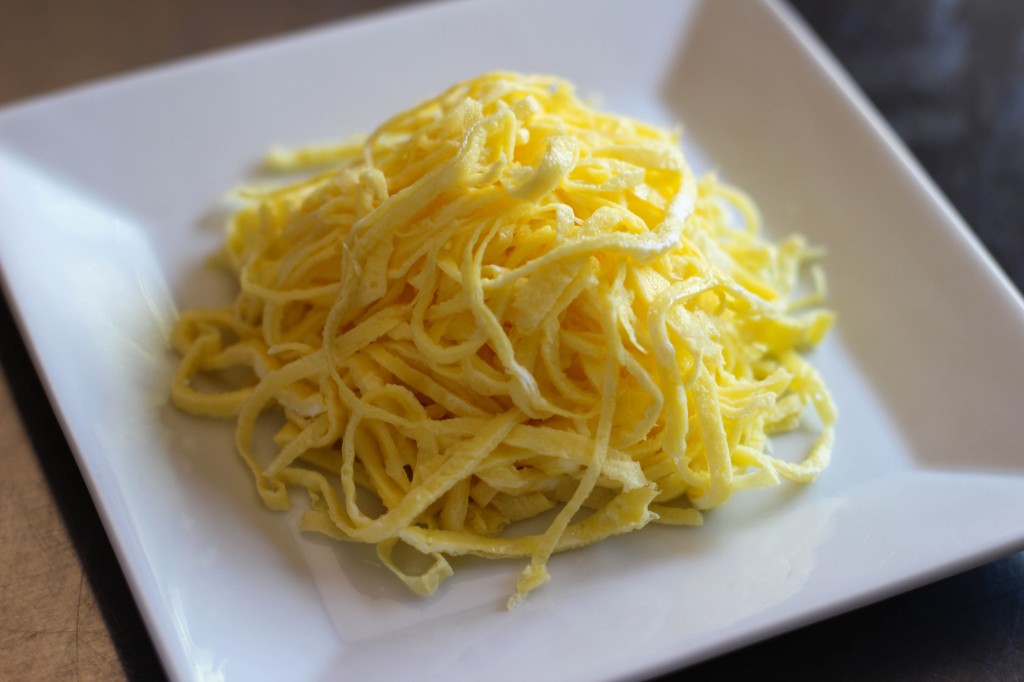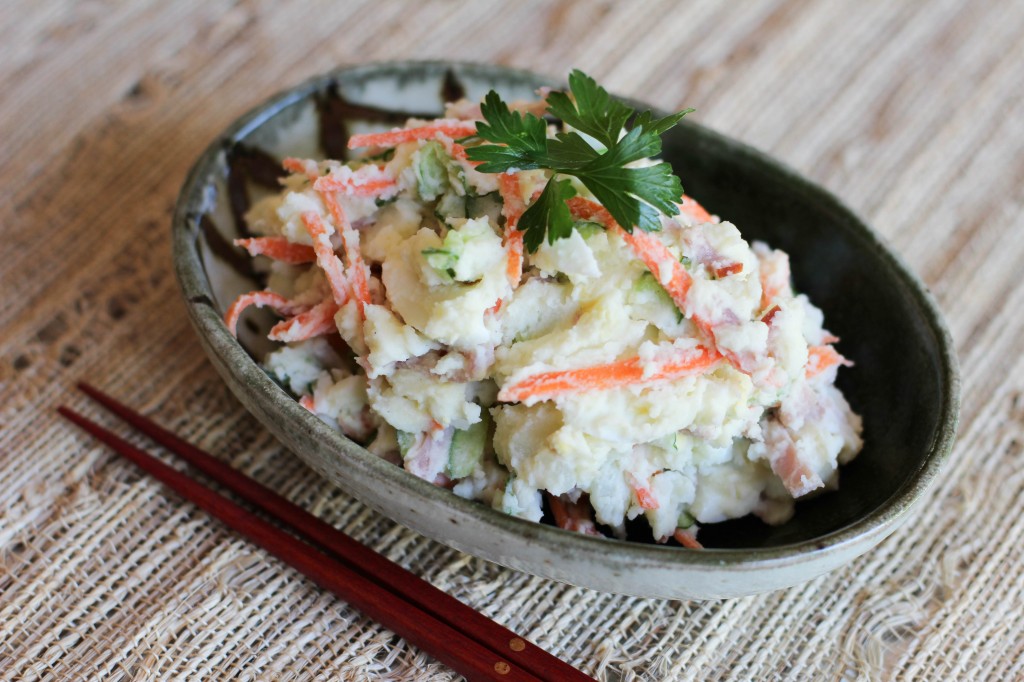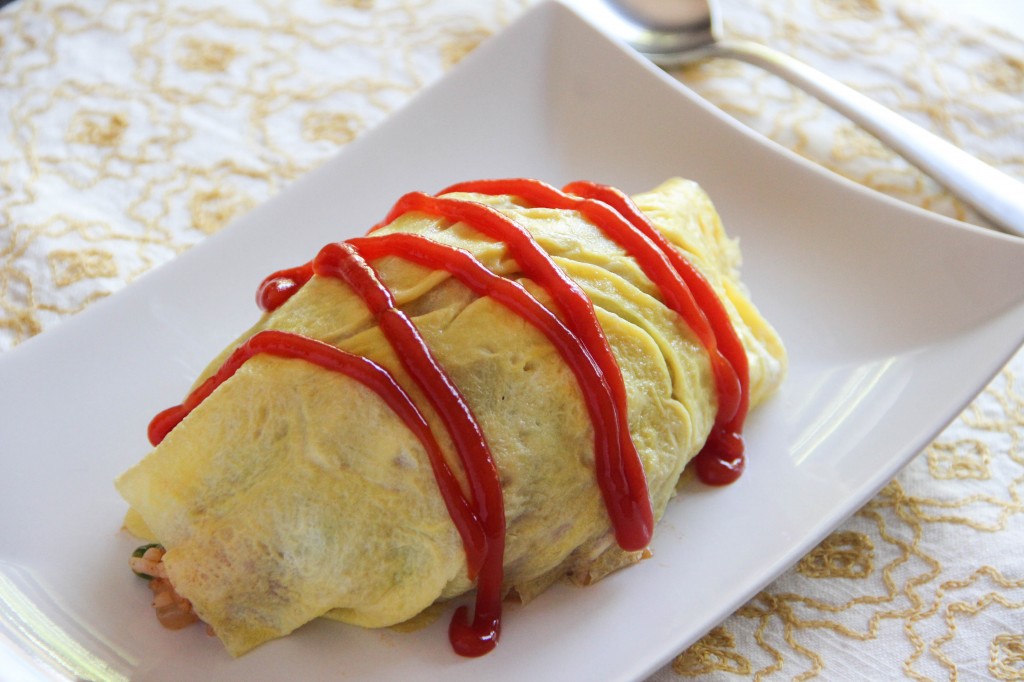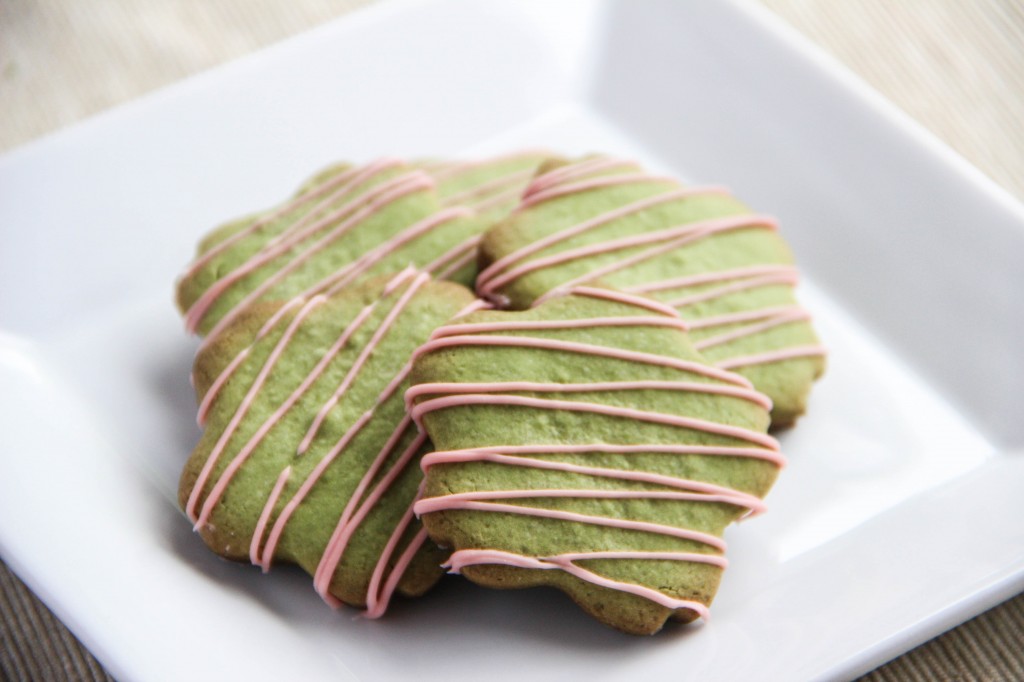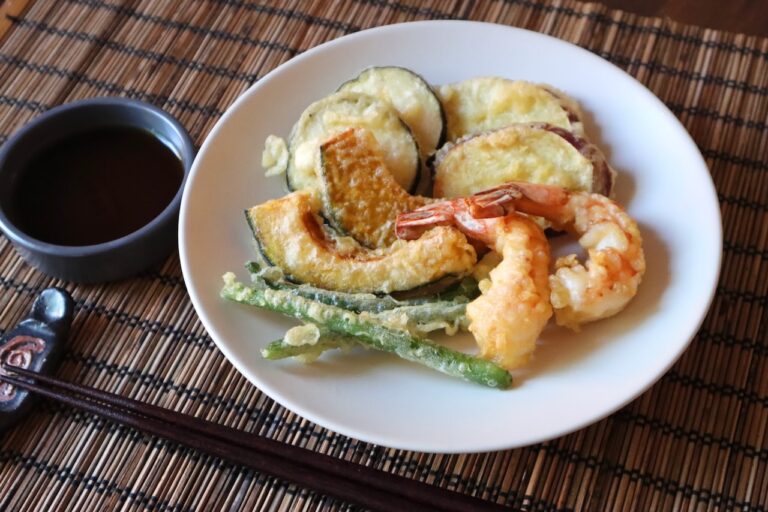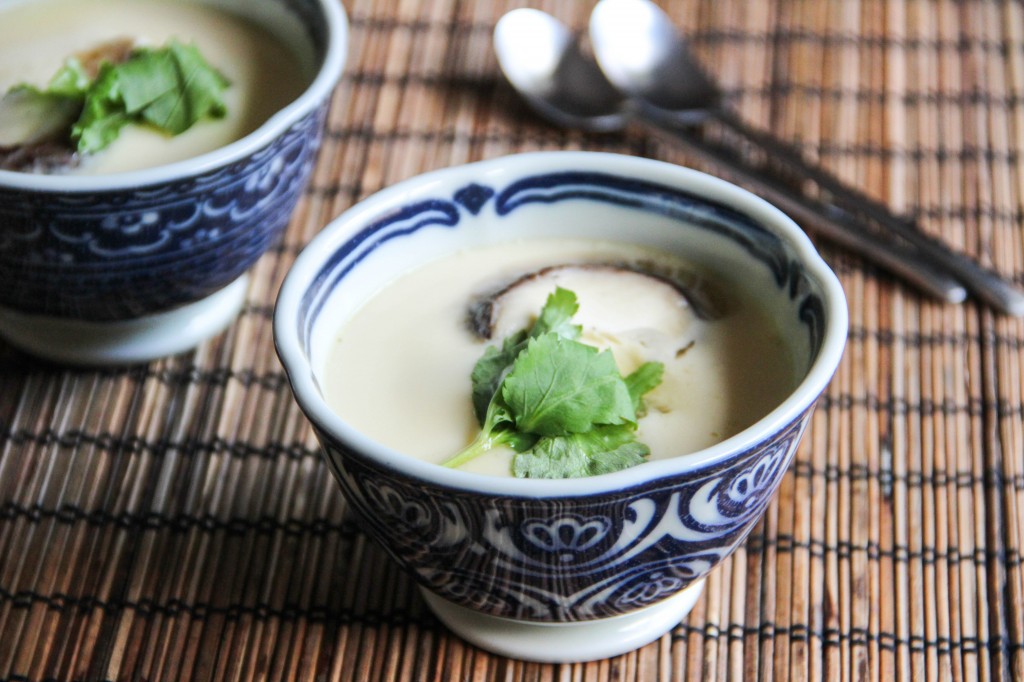Celery is not really an ingredient for Japanese cuisine. It has a strong flavor and may not be able to be used in all Japanese dishes; however, that doesn’t mean we can’t use it at all.
I made Celery into Sunomono Salad, and it tastes great. Refreshing celery and sweet vinegar go very well together. A little bit of sesame oil enhances the flavor as a whole.
